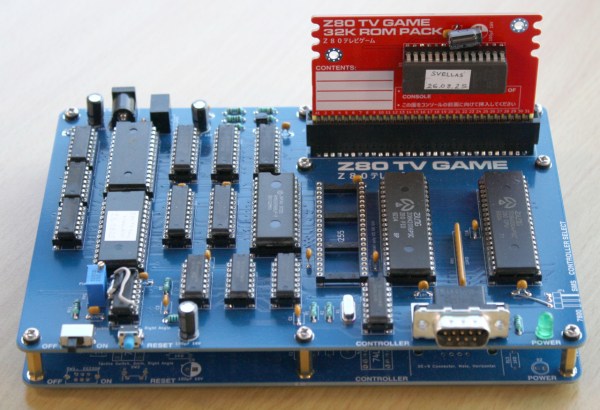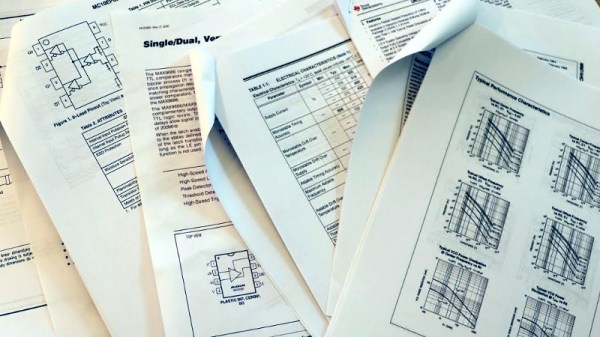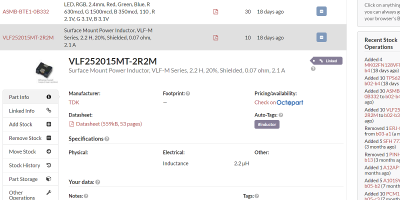Selecting electronic components can be a frustrating process, one of trawling through the websites of distributors such as DigiKey, Mouser, or RS, and then poring over manufacturer data sheets. These documents produced as detailed guides to the technical specifications of a device contain enough to give an engineer everything they need to incorporate it into their designs.
Unfortunately many datasheets fall short of the ideal, and have instead become marketing documents designed to “win the socket”. This is a problem that vexes Boldport’s [Saar Drimer], and he has written a personal manifesto outlining his vision to make the world of datasheets a better place.
It’s a common-sense designer’s wishlist, and it’s one we could completely get behind. Chief among his desires are web-readable datasheets as well as the ubiquitous PDFs, with full data in human and machine readable forms instead of tiny printed graphs and tables. He also makes a plea for better UX testing to combat the scourge of the inaccurate pad layout, to which we’d add providing footprints ready-made for all popular CAD packages. These and the rest of his manifesto would be a game-changer, and wouldn’t displace the existing paper or PDF sheet for those who still use them. Whether or not the manufacturers will take heed is anyone’s guess, but to have such an ideal laid out is a start.
If you’re not familiar with [Saar]’s work, you’re in for a treat. Boldport produce some of the most beautiful artistic PCBs, and we’ve featured them before more than once.
Thanks to our colleague [Ted Yapo] for the header image.















